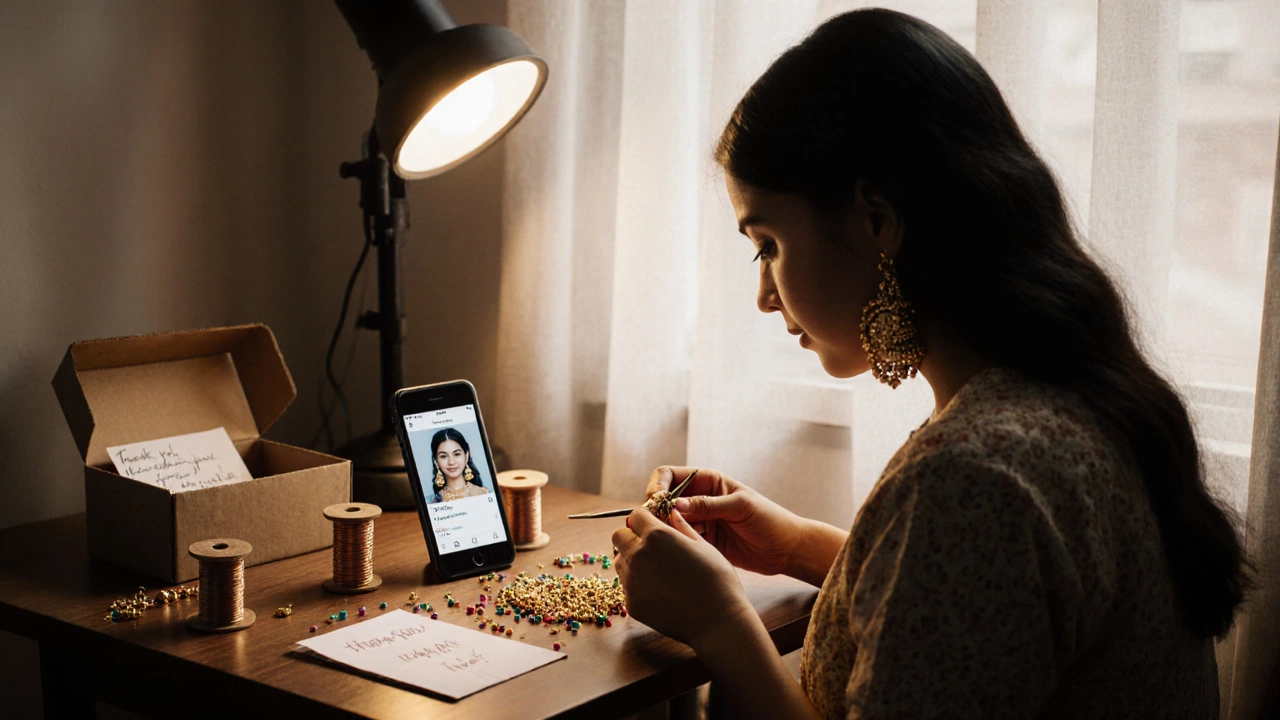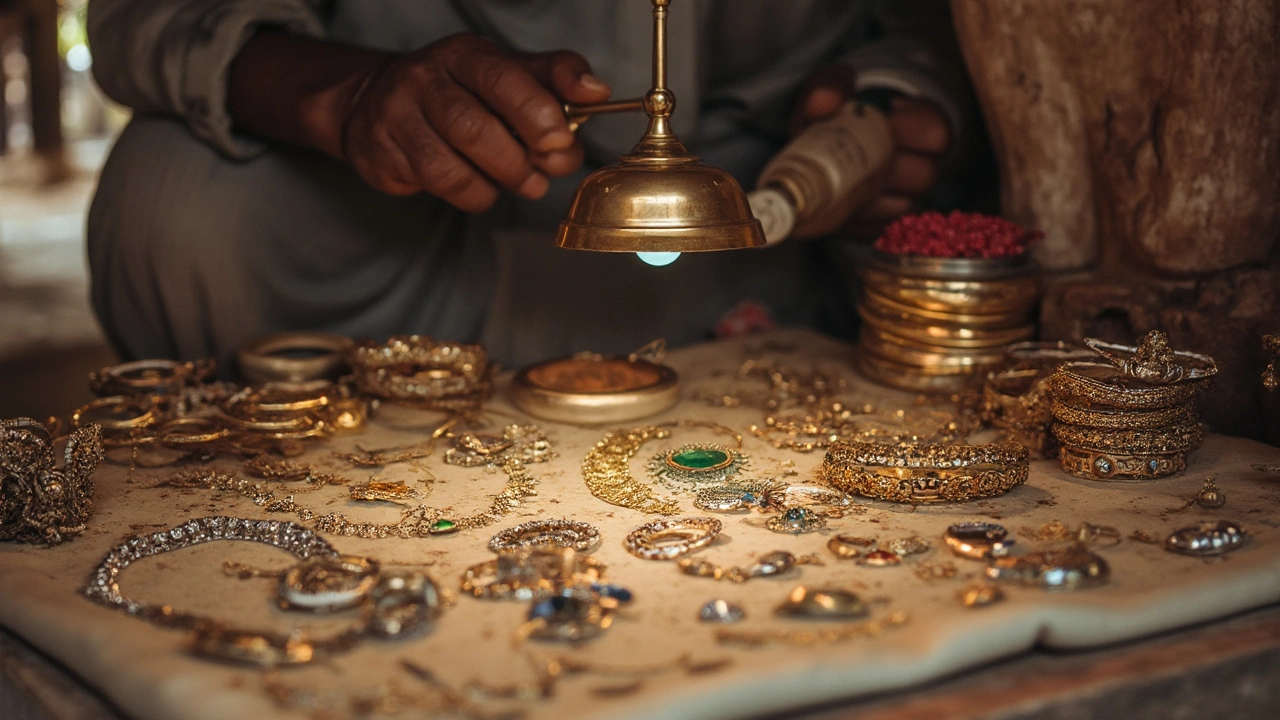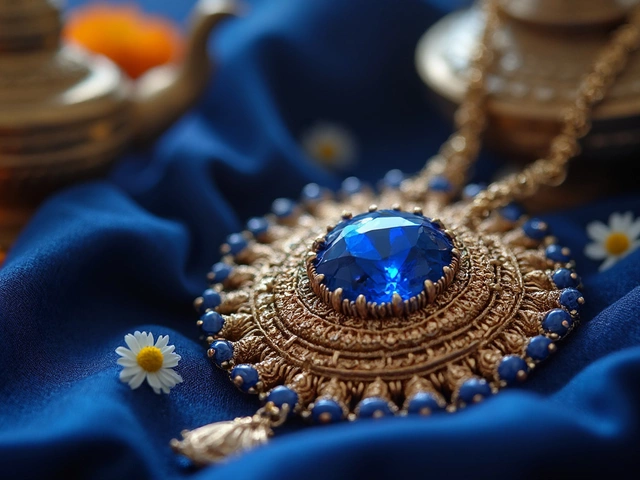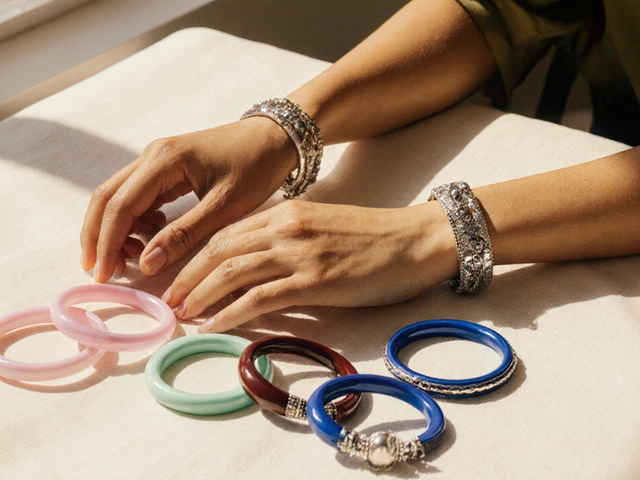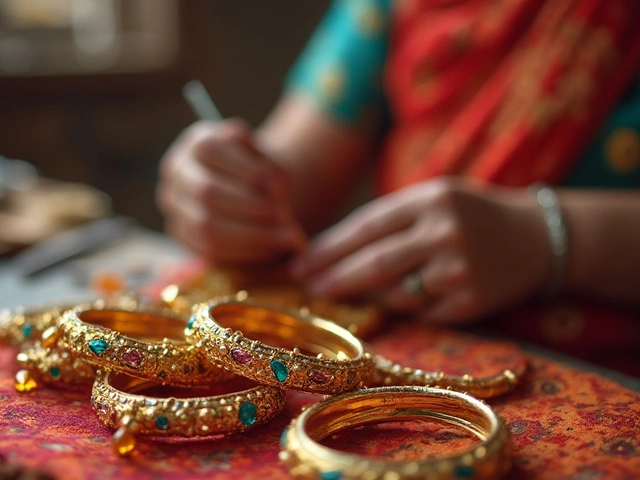Selling Jewelry: Practical Tips to Get the Best Price
Thinking about turning that gold necklace or diamond ring into cash? You don’t need a finance degree to score a good deal. The key is to know what you own, when to sell, and where to list it. Below are simple steps you can follow right now.
Know Your Piece Inside Out
First, identify the metal purity and any hallmark stamps. For gold, look for marks like 875 (21‑karat) or 916 (22‑karat). Silver usually carries 833. If the piece has diamonds or colored gems, note the carat weight, cut, and clarity. A quick online search for the hallmark or a visit to a trusted jeweller can confirm these details.
Next, weigh the item. A kitchen scale that measures grams works fine for most pieces. Knowing the exact weight helps you calculate the melt value, which is a useful baseline when negotiating with buyers.
Finally, take clear photos. Use natural light, a plain background, and capture close‑ups of any stamps or setting details. Good photos cut down on back‑and‑forth questions and make your listing look professional.
Pick the Right Time and Platform
Gold prices swing with the market, so timing can add a few extra rupees to your payout. Historically, the months of January and October see lower demand, while April and July often have higher prices due to festival buying spikes. Check the current 24‑carat price before you list.
If you have a branded piece—think Tanishq, Kalyan, or a recognized designer—consider a resale‑focused platform like CaratLane or a reputable local jeweller. These buyers understand brand premiums and can offer up to 70 % of the retail price.
For non‑branded gold or silver, online marketplaces such as OLX or dedicated jewellery resale apps work well. Make sure the buyer offers a transparent hall‑mark verification process. Avoid cash‑only deals unless you can verify the purity on the spot.
Another option is a pawnshop, but expect the lowest offers. Use it only as a last resort or for a quick emergency cash need.
When you receive an offer, ask for a breakdown: melt value, craftsmanship premium, and any resale markup. Compare this with the current market price you noted earlier. If the numbers don’t line up, negotiate or walk away—there’s always another buyer.
Lastly, keep records of your sale. A receipt with the hallmark details and weight can help you in future transactions, especially if you sell multiple pieces over time.
By knowing exactly what you have, picking the right moment, and choosing a trustworthy platform, you’ll walk away with a fair price and peace of mind. Happy selling!
Is Selling Jewelry Worth It? Real Costs, Profits, and Risks in 2025
Selling handmade jewelry can be profitable, but only if you treat it like a business. Learn the real costs, best-selling designs in 2025, where to sell, and hidden traps beginners face.
Jewelry That Sells Best at Pawn Shops: Antique Designs That Shine
Ever wondered which jewelry pieces actually get snapped up at pawn shops? This article breaks down the specific antique jewelry designs that sell fast, and why buyers want them. Find out what makes these items valuable and how you can get a fair price. Plus, get practical tips for preparing your jewelry before you walk into the shop. If you've got a dusty drawer full of ‘maybe someday’ pieces, this will help you see which ones are secretly worth a mint.
Should You Clean Vintage Jewelry Before Selling? The Hidden Risks
Cleaning vintage jewelry before selling it might seem like an obvious step, but it can actually be quite tricky. Some pieces are delicate and might get damaged if cleaned improperly. The original patina on older jewelry can increase its value, making it wise to think twice before giving it a scrub. This article explores why and how you should approach cleaning vintage jewelry, along with some surprising advice on what not to do.
